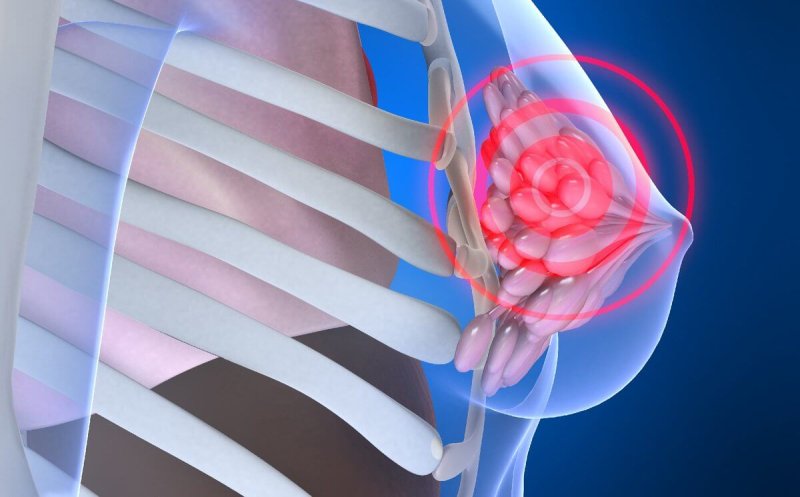Efstathios “Stathis” Karathanasis, an associate professor of biomedical engineering, is directing [a] novel technique—sending nanoparticles into the body to wake up “cold” tumors so they can be located and neutralized by immune cells. The team also includes researchers from Cleveland Clinic and Duke University.
Nanotechnology manipulates matter at the nanoscale—microscopically at dimensions measured by nanometers or one-billionth of a meter—to create structures, devices and systems for medical and other uses.
Immunotherapy uses drugs to help a patient’s immune system fight cancer, as opposed to chemotherapy, which uses drugs to directly kill cancer cells, according to the National Cancer Institute (NCI).
The NCI recently awarded a five-year, $3 million grant to Karathanasis and his team to continue their research, initially on animal models with an eye toward human trials. Much of the groundwork behind the project is described in a paper published in Cancer Research, the official journal of the American Association for Cancer Research.
“We believe our work shows that this combination of nanotechnology with cancer immunotherapy encompasses an inherent promise to treat the most hard-treat metastatic cancers,” Karathanasis said.
“Our work has been to design a nanoparticle that triggers an activation of antigen-presenting cells in the tumor. Within a few weeks, the patient can have adapted T cells that recognize and fight the cancer.”































